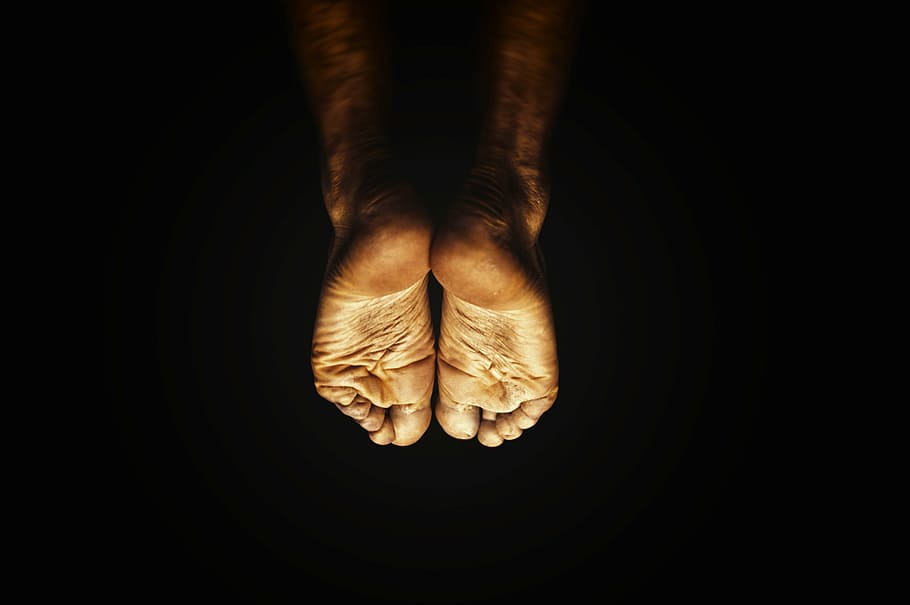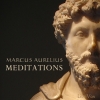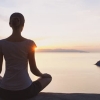
Have you ever had a stiff neck or tensed fists when you were anxious or stressed? When we’re anxious or stressed, our body tends to respond to this stress with muscle tension. Progressive muscle relaxation (PMR) is a relaxation strategy that helps to relieve that tension.
PMR relieves the tensions in the body by tensing a group of muscles as you breathe in, and relaxing the same group of muscles as you breathe out. It works on muscle groups in a set order, typically starting with your toes and moving all the way to your head.
The aim of progressive muscle relaxation is to relieve anxiety and its associated muscle tension. This in turn may help you cope better with situations and allow you to identify when you first begin feeling anxious or stressed by identifying tense muscle groups within your body.
Progressive muscle relaxation may also aid with sleep problems as it allows you to relax your entire body prior to falling asleep, which you may find soothing.
By regularly practicing progressive muscle relaxation, you will become better at using the skill to reduce tension, and will be better able to use this method to relieve stress and anxiety in triggering situations.
Notes before starting
We will be gently tensing and relaxing parts of your body. If you find any part too difficult don’t force yourself, but rather leave that part out and focus on your breath.
If you have any particular injuries, skip that part of your body and return to the exercise when you feel comfortable to do so.
You may find this exercise easier if you are lying down on your back, although you can attempt this exercise sitting well-supported in a comfortable chair.
Are you ready to start?
PMR: an exercise on letting go of unnecessary tension
Relaxing your body first

Get yourself comfortable, sitting or lying down and make sure that your body is positioned evenly. Support your head with a pillow and keep warm while practising the relaxation by placing a lightweight blanket over you.
Loosen any tight clothing, remove your shoes, and make sure that you won’t be disturbed for at least 15 minutes.
Close your eyes. Let your heels be slightly spaced apart. Let your feet fall open to the side. Your neck and spine should be in line without your head tilting to one side.
Relax your face by slightly opening your jaw gently and lightly. Take a slow deep breath from your nose. Then breathe out with a sigh, letting all tensions escape your body as you exhale. Let your whole body feel limp and heavy.
Breathe normally and calmly. As you relax you will notice that your breathing automatically settles into a slow and gentle rhythm.
Learning to relax through tension
We will begin learning to relax by learning to let go of unnecessary tension held in our body. By releasing tension in our muscles, our minds may too become clearer.

We need to become aware of the difference between tension and relaxation in our body. A simple way to do this is to gently tense and relax the main muscle groups individually.
When you are ready to begin, tense the muscle groups described below using the descriptions available. Make sure that you can feel the tension in your muscles, but not so much that you are in pain. Try to keep the muscle tensed for approximately 5 seconds.
After 5 seconds, relax the muscles and keep it relaxed for approximately 10 seconds. It may be helpful to sigh the word “reeellaaaaxxx” as you breathe out and relax the muscle.
Relaxation sequence
| Muscle Involved | How to tense it |
| Left foot | Curl toes downwards |
| Right foot | Curl toes downwards |
| Left lower leg | Do this slowly to avoid cramps- pull your toes towards you |
| Right lower leg | Do this slowly to avoid cramps- pull your toes towards you |
| Left upper leg | Tighten your thigh by squeezing down into your seat |
| Right upper leg | Tighten your thigh by squeezing down into your seat |
| Hips and buttocks | Squeeze your buttock muscles tightly |
| Stomache | extend your stomach outwards |
| Chest | Breathe in deeply and try to fill your lungs with as much air as you can |
| Shoulders | Bring your shoulders up to your ears |
| Back blades | Push your shoulder blades as if you are trying to get them to touch |
| Neck | turn your neck side to side, holding it for 5 seconds each side |
| Left hand and forearm | Make a fist with your hand |
| Right hand and forearm | Make a fist with your hand |
| Left upper arm | Bring your arm to your shoulder and squeeze |
| Right upper arm | Bring your arm to your shoulder and squeeze |
| Mouth and jaw | Open your mouth widely, pretend you are yawning |
| Eyes and cheeks | close your eyes tightly |
| Forehead | Raise your eyebrows as high as you can |
Take away
Make sure to practice progressive muscle relaxation regularly. You may feel relaxed from the first time you try this exercise or it may take a few times to feel its full effect. Remember, practice makes progress and any progress towards you becoming more relaxed is definitely valuable!










